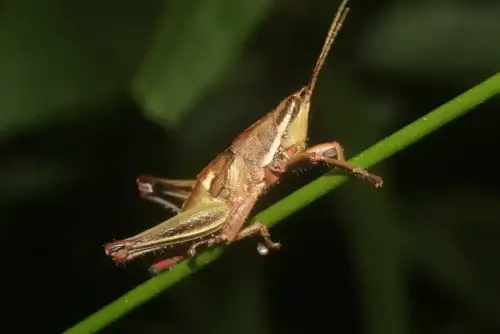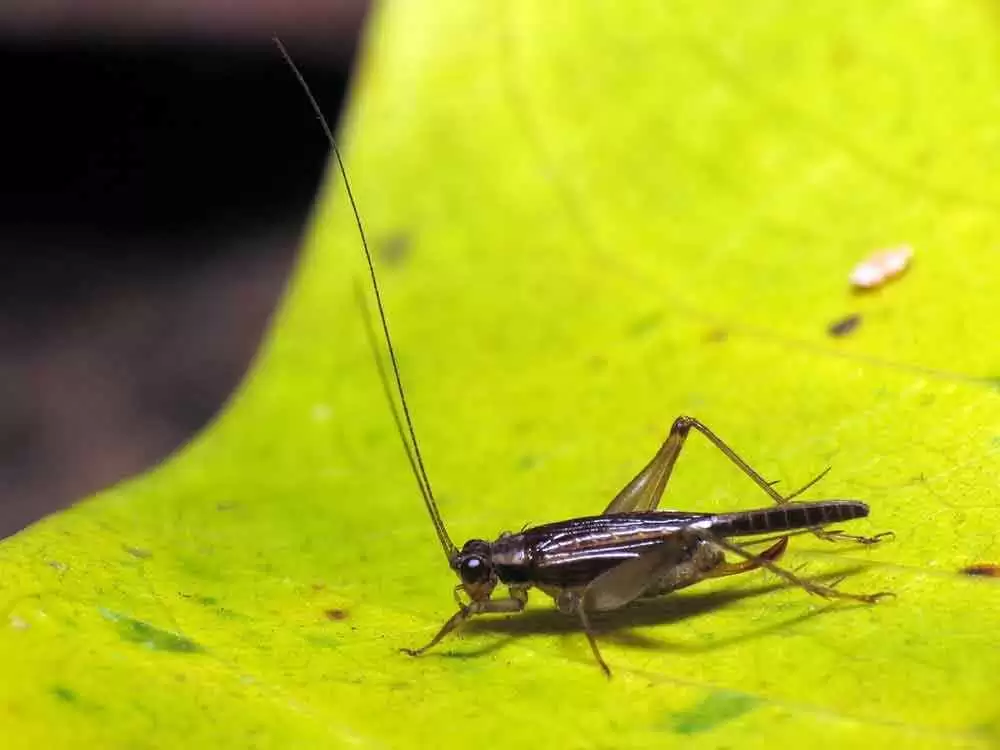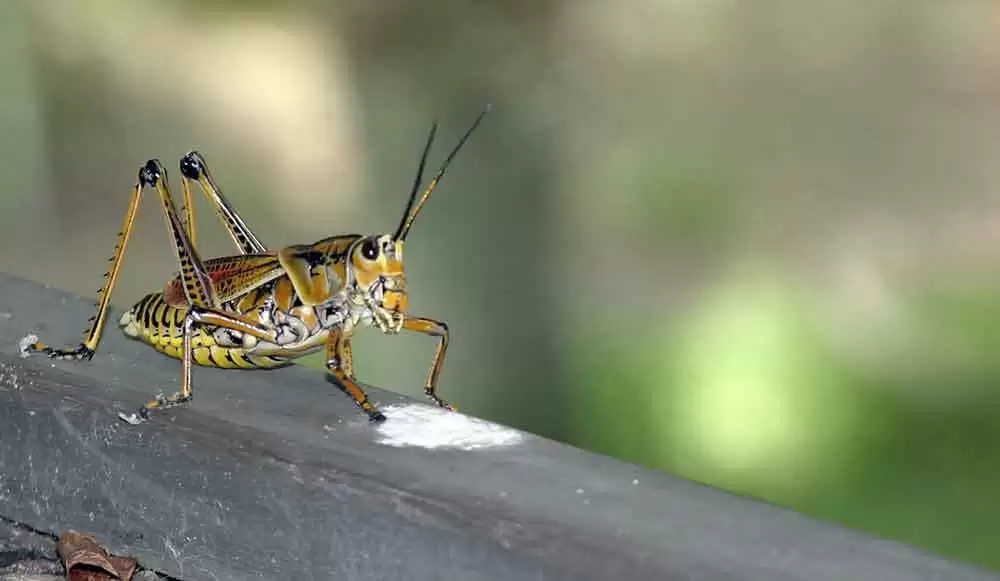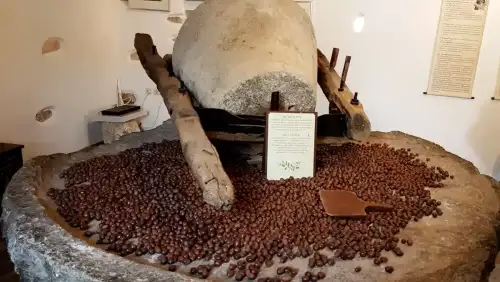Celiac.com 10/14/2025 - Gluten-free bread is no longer a niche product. Millions of people around the world depend on it because of celiac disease, gluten sensitivity, or other digestive conditions. At the same time, health-conscious eaters are also adding it to their diets. The challenge is that most gluten-free breads made from rice or maize (corn) are often lower in protein and fiber, leaving them less nutritious than their wheat-based counterparts. Scientists are now looking for creative, sustainable ways to improve the nutritional value of gluten-free breads. One surprising contender has recently hopped into the spotlight: the grasshopper.
That’s right—this new research explored whether incorporating fermented Sphenarium purpurascens, a traditional Mexican edible grasshopper, could boost the nutritional quality of gluten-free bread. Let’s take a closer look at what the study found, and then you can decide—would you give grasshopper bread a try?
Celiac.com Sponsor (A12):
We've run articles in the past on cricket flour in gluten-free bread, and it seems that cricket flour can improve gluten-free bread quality as well.
How the Study Was Conducted
Researchers tested gluten-free bread made with rice and maize flour and replaced part of the flour with grasshopper powder. To explore how far they could push the limits, they tested two levels of substitution: 20 percent and 40 percent. They also experimented with grasshopper powder that had been fermented using a biotechnological process called solid-state fermentation. Fermentation was expected to enhance nutritional content, flavor, and shelf life.
The team then evaluated the breads in several ways:
- Nutritional analysis to measure protein, fiber, and fat content
- Rheological analysis to see how the dough behaved during mixing and baking
- Textural analysis to test hardness, chewiness, and crumb quality
They also checked whether the final product could legally be labeled in the United States as a “good source of protein,” according to Food and Drug Administration criteria.
Key Findings
The addition of grasshopper powder had a big effect on nutrition. At 40 percent replacement, the breads easily qualified for the “good source of protein” label. Protein and fiber levels rose significantly, giving these breads a real edge compared to standard gluten-free options.
Fermentation made some noticeable changes too. It lowered the viscosity of the batter, which means the dough flowed more easily and was less stiff. This also helped reduce starch retrogradation, a process that contributes to bread going stale. On the flip side, the texture of the bread did become tougher. The more fermented grasshopper powder that was used, the harder and chewier the bread became.
Interestingly, the researchers noted that while fermentation altered how the dough behaved, it did not significantly change the overall nutritional makeup of the finished bread compared to unfermented grasshopper powder. Either way, the breads gained a big boost in protein, fiber, and other nutrients.
The Bigger Picture
The idea of adding insects to bread might sound unusual for many readers, but around the world, edible insects have been consumed for centuries as a sustainable and nutrient-rich food source. Grasshoppers in particular are high in protein, containing between 40 and 75 grams per 100 grams. They also provide beneficial fiber, minerals, and healthy fats.
With the gluten-free bakery market growing rapidly, finding new ways to enrich breads with essential nutrients is becoming increasingly important. Grasshopper flour offers a sustainable, environmentally friendly option that can make gluten-free bread healthier without resorting to costly additives or animal-derived proteins.
Would You Try It?
Of course, the big question is taste and texture. While the nutritional improvements are impressive, the study also showed that adding fermented grasshopper powder increased hardness and chewiness, which some people may find less appealing. Still, the benefits may outweigh the textural changes, especially for those seeking more balanced nutrition in their gluten-free diet.
So what do you think—would you be willing to try a slice of gluten-free grasshopper bread if it meant more protein and fiber? Would you serve it at your table, or is this a step too far? We’d love to know your thoughts, so feel free to share your opinion in the comments below!
Why This Matters for People With Celiac Disease
For those living with celiac disease, ensuring adequate protein and fiber intake can be difficult, since many gluten-free products are made with refined flours that are lacking in these nutrients. This study suggests a bold new possibility: using edible insects as a natural and sustainable way to close this nutritional gap. Grasshopper-enriched bread could help people with celiac disease maintain stronger health while still enjoying the convenience of bread in their diets.
Although insect-based bread may not be for everyone, the research points toward a future where gluten-free foods are not only safe but also more nutritious. For patients, this means more dietary choices that support long-term health and wellness.
Conclusion
The study demonstrates that solid-state fermented grasshopper powder can successfully be incorporated into rice and maize gluten-free breads to raise protein and fiber levels significantly. While this innovation does come with some changes to bread texture, it offers a fascinating new way to enhance the nutritional quality of gluten-free diets. It also opens the door to sustainable protein sources that go beyond traditional grains and dairy products.
Now, the only question left is: would you try it? We welcome your comments below!
Read more at: sciencedirect.com









Recommended Comments
There are no comments to display.
Create an account or sign in to comment
You need to be a member in order to leave a comment
Create an account
Sign up for a new account in our community. It's easy!
Register a new accountSign in
Already have an account? Sign in here.
Sign In Now